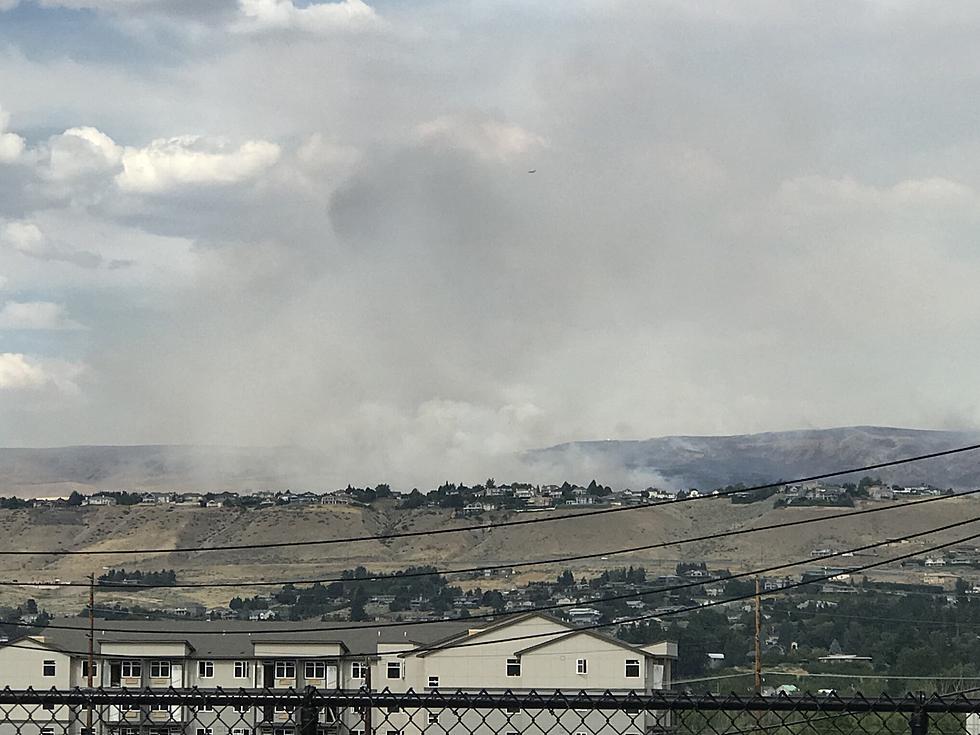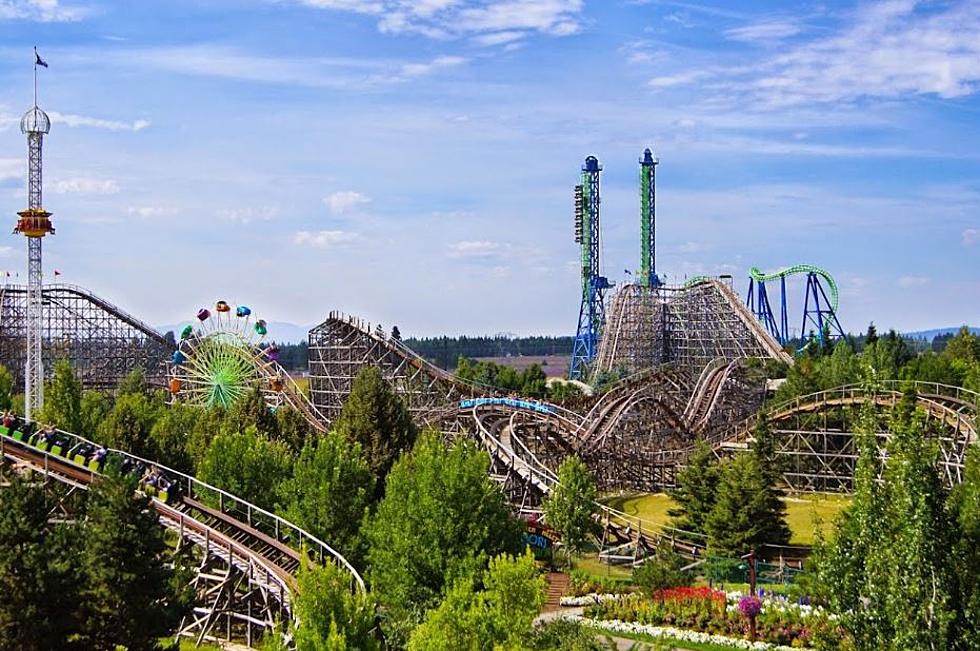
“Oppenheimer” sparks interest in Hanford Tours
The release of the new blockbuster "Oppenheimer" is sure to get many people talking about the Hanford site in southeastern Washington.
While the movie only mentions Hanford by name a couple times, the B-Reactor was the world's first full-scale plutonium production facility and part of the Manhattan Project.
The plutonium produced at the site was used in the atomic bomb that dropped on Nagasaki, Japan, bringing the end to World War II.
"That project depended on everybody from common laborers and domestic workers all the way up to physicists and scientists, all of the crafts, many of which are still out at the Hanford Site," Robert Franklin, Professor of History at Tri-Cities Washington State University, said. "40 to 50,000 people at once. To do what they did in a matter of 18 months from start to finish, it's really fascinating."
Franklin is also the assistant director of the Hanford History Project and docent for the Department of Energy's B Reactor Tours. He's likely to hear from a number of people who've seen the new "Oppenheimer" movie.
Franklin says, interestingly, the man behind the research and design of the atomic bomb never visited Hanford.
"Although physicist Enrico Fermi and Leona Woods Libby did (visit Hanford), Oppenheimer was based in Los Alamos heading up the bomb development there," Franklin said. "When the Manhattan Project knew that they wanted to diversify away from what was happening at Oak Ridge, they wanted to build a plutonium production reactor and separations facilities. They wanted to locate that far in the west and part of that was Oppenheimer's reasoning saying we need to geographically disperse this."
Franklin is working with others to move a collection of artifacts and archives that document the history, from the Manhattan Project to the Cold War, out of the Hanford Site into a new repository that's slated to open sometime this fall or winter.
"But a good chunk of our collection is actually out on display at the B Reactor, which is part of the Manhattan Project National Historical Park. And our tour season runs until mid-November of this year," Franklin said. "So, if folks want to come see the collection, get a guided tour. Please do so even if you've might have been out there once before many years ago. We've changed up things, changed up interpretation and exhibits out of the reactor. So, it's always worth going back."
There are two separate tours available. The B-Reactor Tour is the most popular, but the Manhattan Project tour is worth the trip as well. It centers on the indigenous histories, settler histories along with the histories of Hanford and White Bluffs.
"It takes a different route. You get to go throughout the site, you get to get out and walk around some of these historic buildings. It's really immersive." Franklin added.
If you're interested in either of the Hanford Tours, we've set up a link.

10 interesting facts about Washington State's Hanford Nuclear Site
More From Kissin' 97.7








